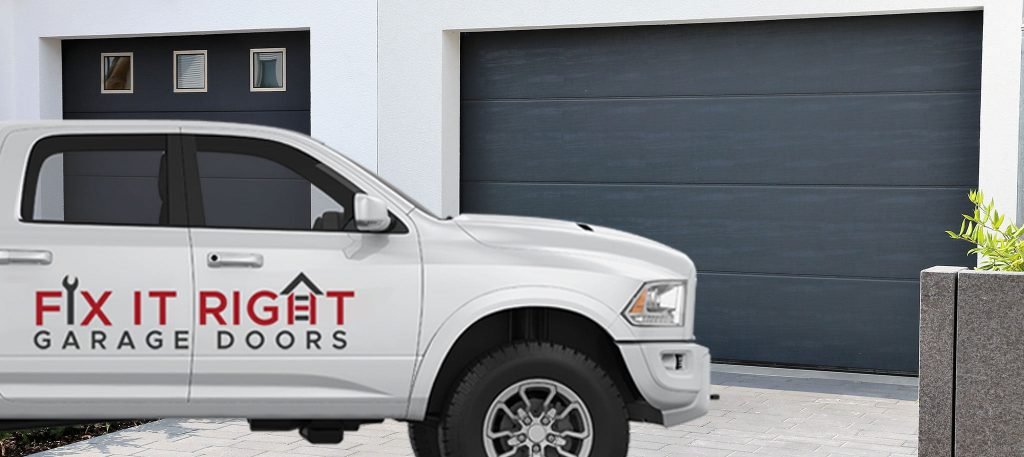When it comes to making your home warmer (or cooled), quieter, and energy-efficient, there are few options better than garage door insulation. Not only does proper insulation prevent air from slipping through the garage – allowing for a far more moderate temperature range to be achieved, it will also reduce your need for excess electricity and pad interior spaces from exterior noise.
In this article, we’re going to discuss everything you need to know about DIY garage door insulation cost and installation, ensuring that you can adequately prepare your home for the years ahead.
Choosing the Right Insulation
Before we discuss how to insulate a garage door, it’s important to understand a few items. Any type of garage insulation will increase the efficiency of your space, however, there are certain options that provide more value than others. The three primary styles of insulation include:
In addition to the type of insulation you’re selecting, there is another important factor that was mentioned above – known as the R-Value – that you’ll want to bring into the assessment of insulation quality. Simply put, the R-value measures the effectiveness of a type of insulation. Higher R-values imply better climate control and temperature efficiency, with the range beginning at 0 and moving all the way up to 14+. Because insulation can be stacked whenever and wherever necessary, you’re able to artificially increase the R-value of any of the types above simply by increasing the overall thickness of the layer.
R-values are based on a variety of considerations, including the type, density, and thickness of insulation material. As a general rule, different R-values should be used in different garage-type situations, as follows:
Matching Your Garage Door Insulation Needs
Depending on the climate you live in, and the style of garage doors that you have, your insulation needs will vary. It’s important to select insulation that is appropriate for your environment and door type, and the following list should help in determining exactly what you need:
It’s important to remember that insulation will add weight to your garage door – especially if you plan on layering. Although this should not have an immediate effect, the additional weight may cause deterioration in the garage door opening mechanism.
For a typical 9-foot DIY garage door insulation project, you should expect to spend in the range of $200.
Garage Insulation Installation Guide

Step 1: Choose the Right Insulation
As discussed above, the most important step in the insulation installation process is to select the insulation type that is right for your specific needs. Depending on your geographic location, garage type specifics, and needs, there will be a style and size of insulation that is perfect for your home. Be sure to review the above section in detail, and if needed, call on an expert to verify that you’re making the right choice.

Step 2: Mark the Door
With the insulation tools and supplies now sourced, it’s time to begin the installation process. Start by planning your insulation fastener locations – this being where you’ll attach the insulation to the garage door. Make two marks on each door panel that is vertically aligned and 12-inches in from the side.

Step 3: Apply Double-Sided Tape
Assuming that you plan on taking the tape route (as opposed to the glue route), the next step is to apply your double-sided tape to the garage door. They should be placed on top of your pre-marked spots, and be firmly pressed down to ensure that they are capable of supporting the insulation weight. Once attached, remove the protective backing on the exposed side of the tape and move on to the next step.

Step 4: Attach Retainer Clips to Tape
With your double-sided tape now applied, it’s time to attach retainer clips to the wall. Press a clip firmly into each of the tapes, ensuring that they bond. The retainer clips will be responsible for holding the insulation, and so it’s important that they are secured to the wall.

Step 5: Measure the Door Panels
With your tape and clips now applied, it’s time to measure the door panels for insulation cutting purposes. Note that each panel may vary in terms of height and width, and as such, you’re going to want to write down the varying dimensions. This will ensure that you don’t waste any insulation through incorrect cutting, and it will allow you to fill every nook-and-cranny with insulation material.

Step 6: Cut Insulation to Size
With your measurements done, it’s now time to actually cut your insulation. Using a rule for measurement and alignment, alongside a sharp Exacto-knife, cut the panels needed for each section on your garage door. Note that you should cut the panels 1 to 2-inches bigger than your panel measurements, as this will give you the ability to cover every square inch of the door. Once cut, peel off the excess insulation.
As a safety note, it’s important that you wear proper gear throughout the process – including gloves, safety glasses, and baggy clothing. Most types of insulation, especially fiberglass insulation, are skin and eye irritants, and you certainly don’t want to expose yourself to any unneeded discomfort throughout the process.

Step 7: Tuck Insulation Into the Door Panels
With your insulation pieces now cut to size, it’s time to tuck each section of insulation into its corresponding garage door panel. Whether you’ve opted to go with an insulation type that has vinyl or reflective backing, ensure that the vinyl or reflective side is facing outwards. This will give the insulation direct contact with the exterior wall, allowing it to better regulate internal temperatures.

Step 8: Fasten Retention Clips
With your insulation now placed into the corresponding garage door sections, it’s time to fasten them into place. Start by feeling around the insulation piece in order to find the retention clips that you previously placed. Once found, use your Exacto-knife to slice a 1/2-inch slit through the insulation to allow the retention clips to pass through. From here, you’ll want to attach the front pieces of the retention clips to the back pieces previously placed, ensuring that they clip together and are set up to support the insulation pieces over the years ahead.
With your garage door insulation project now complete, you’re ready to enjoy years of proper temperature regulation and energy efficiency. Although the project will take some time and patience, it’s an important step in ensuring that your home is prepared to handle whatever weather comes your way.

Garage door insulation is an easy enough project for you to take on solo, but that isn’t necessarily the case for other garage-related issues. Given the cost and complexity of home garages, it’s important that you lean on expert support when things go awry. Fix It Right Garage Doors have been helping homeowners throughout the GTA with their garage-related issues for years, and our team of trained professionals is ready to tackle any trouble that comes your way. From current garage door repair to new garage door installation, know that we have the tools and expertise needed to get the job done. To learn more about our service, pricing, or process, contact our team today!






